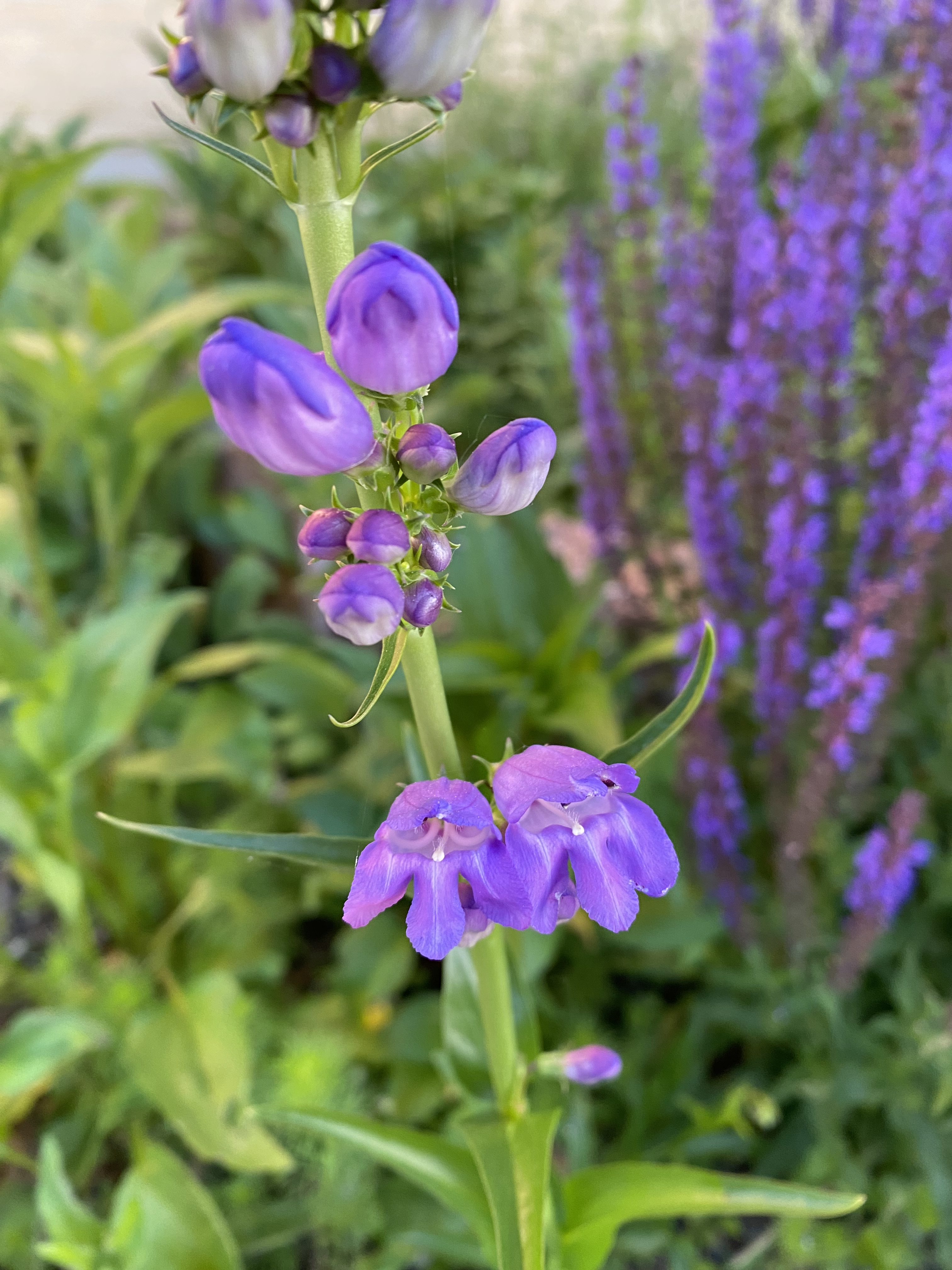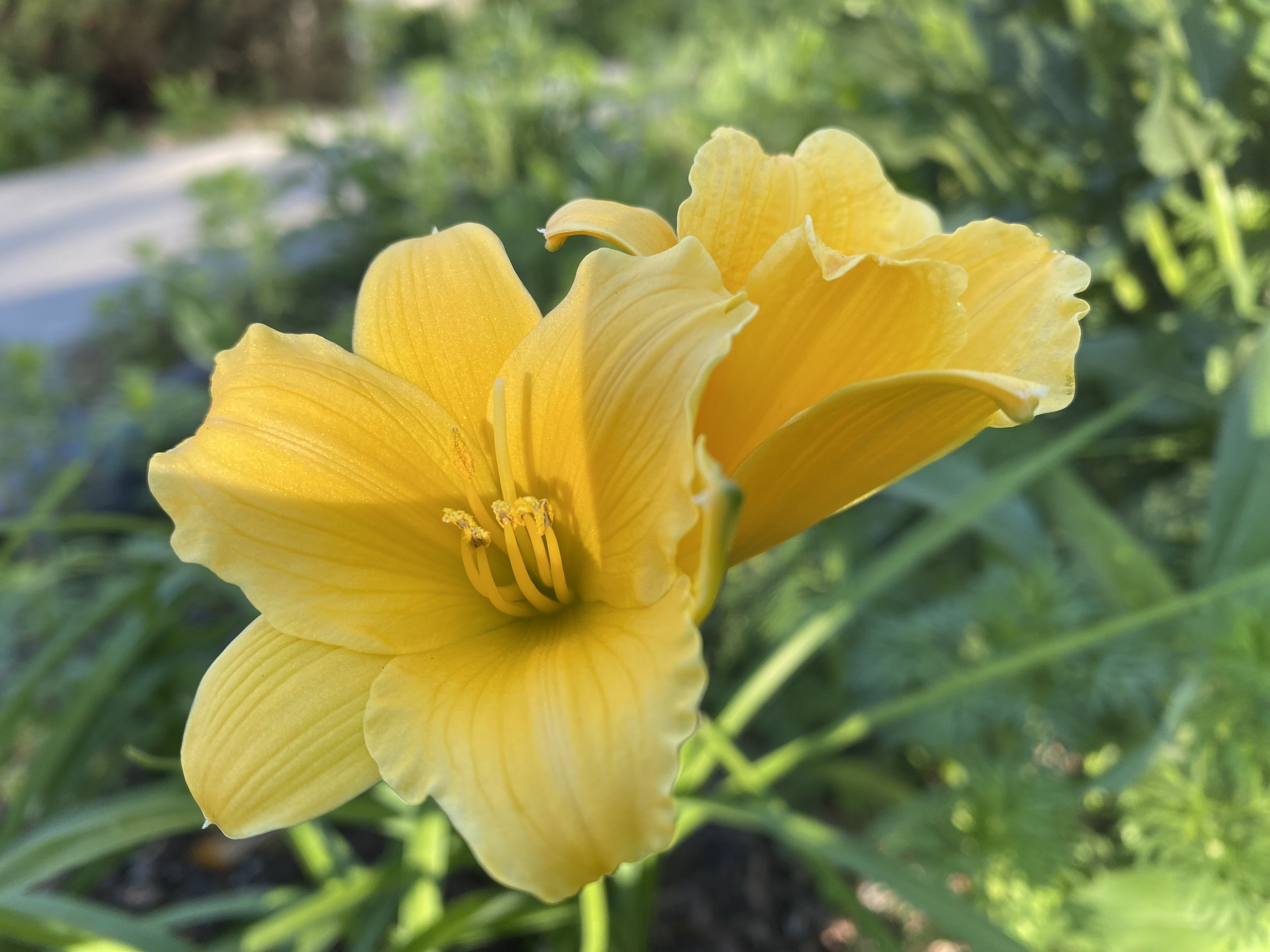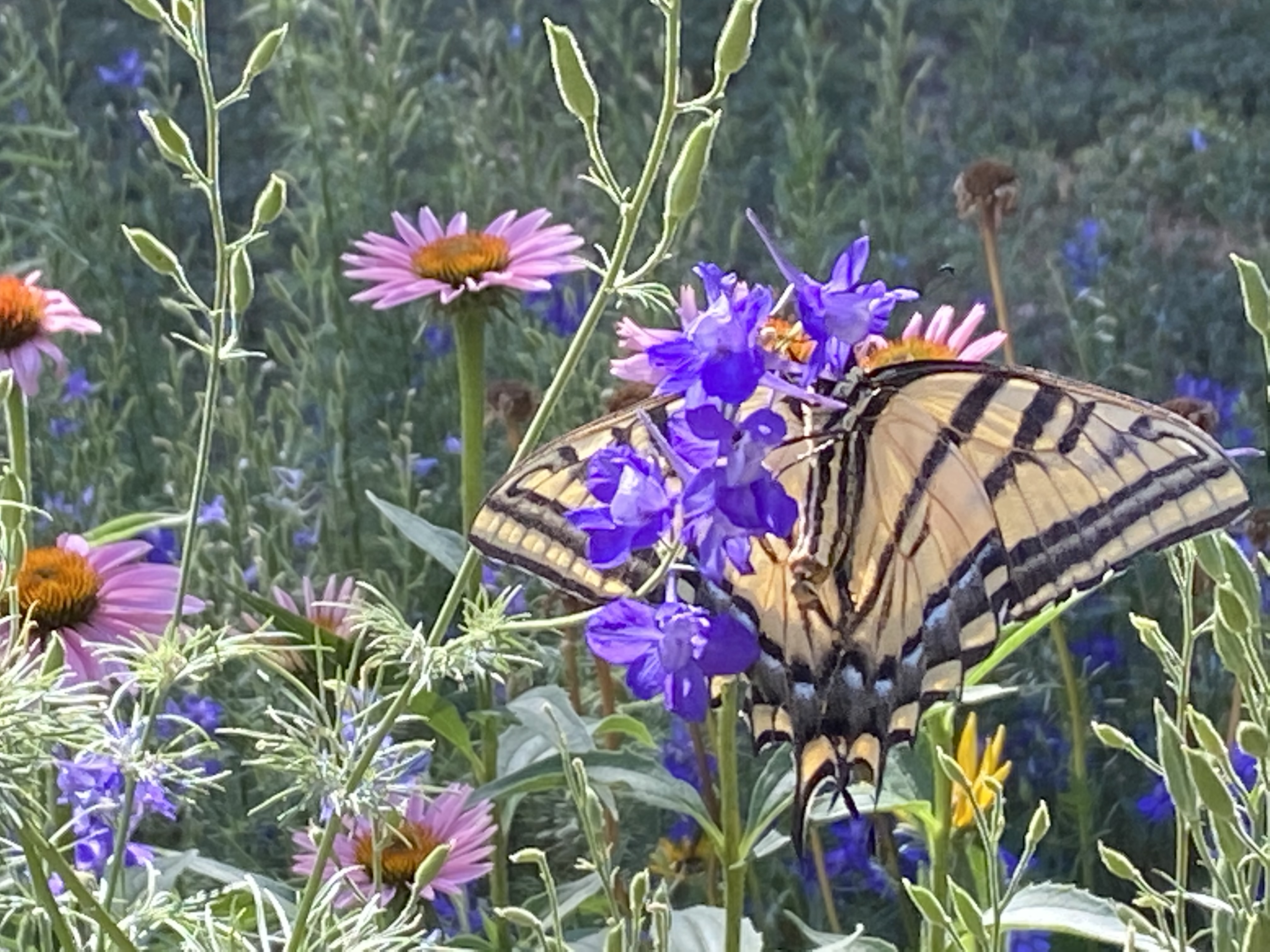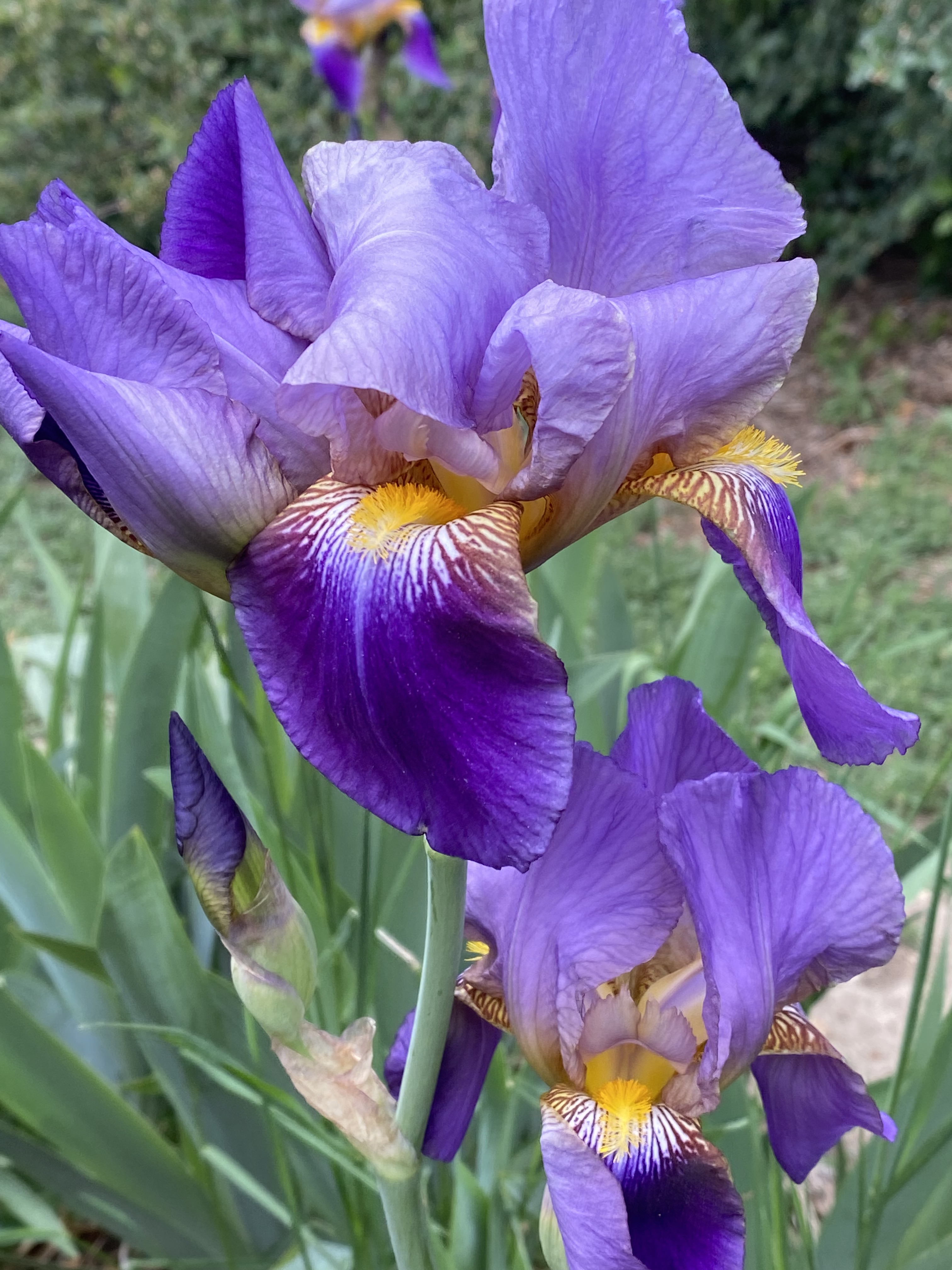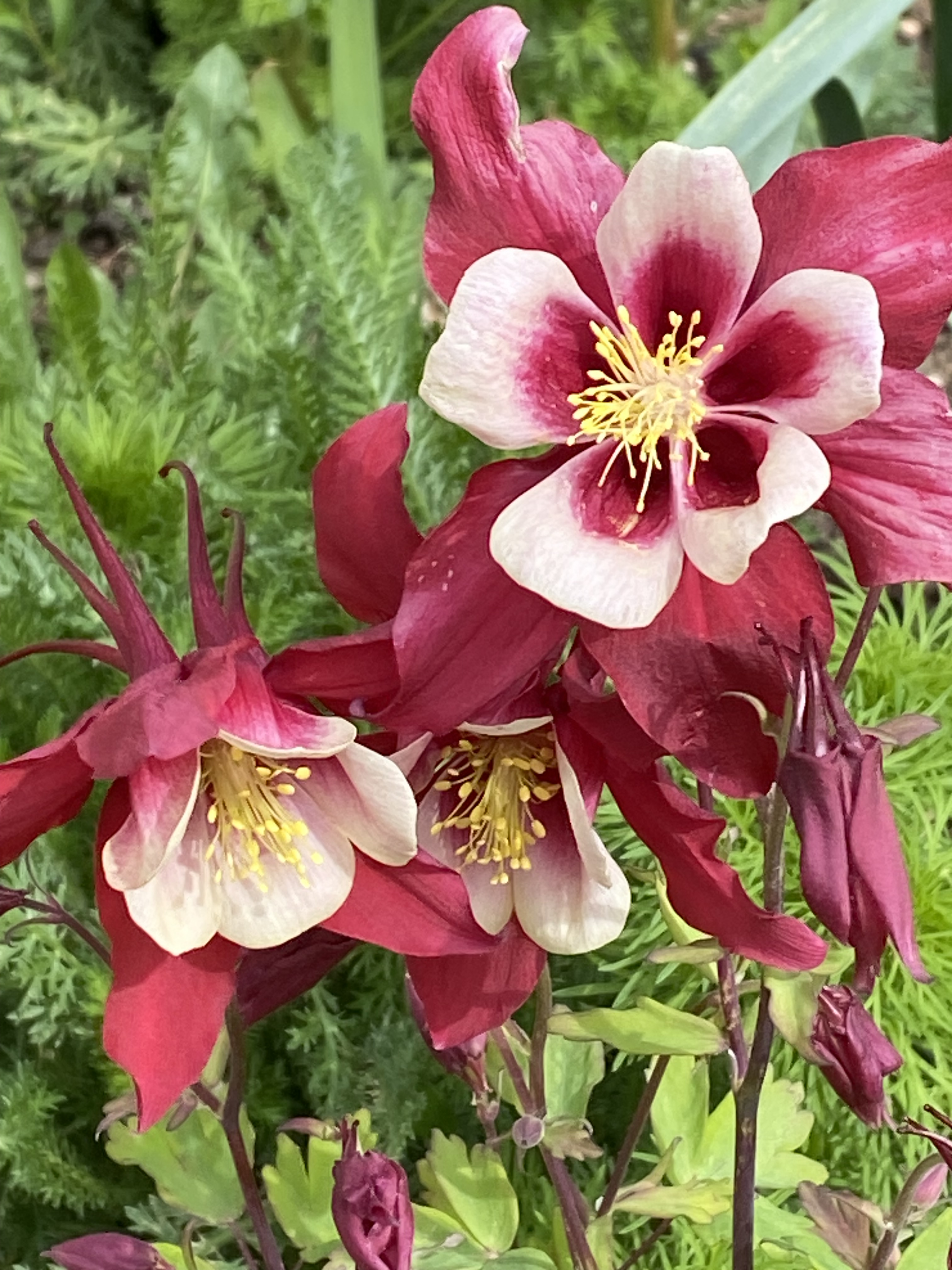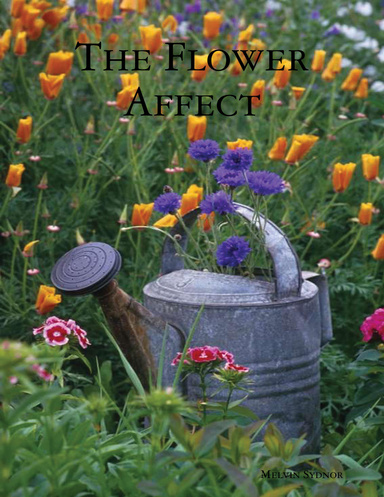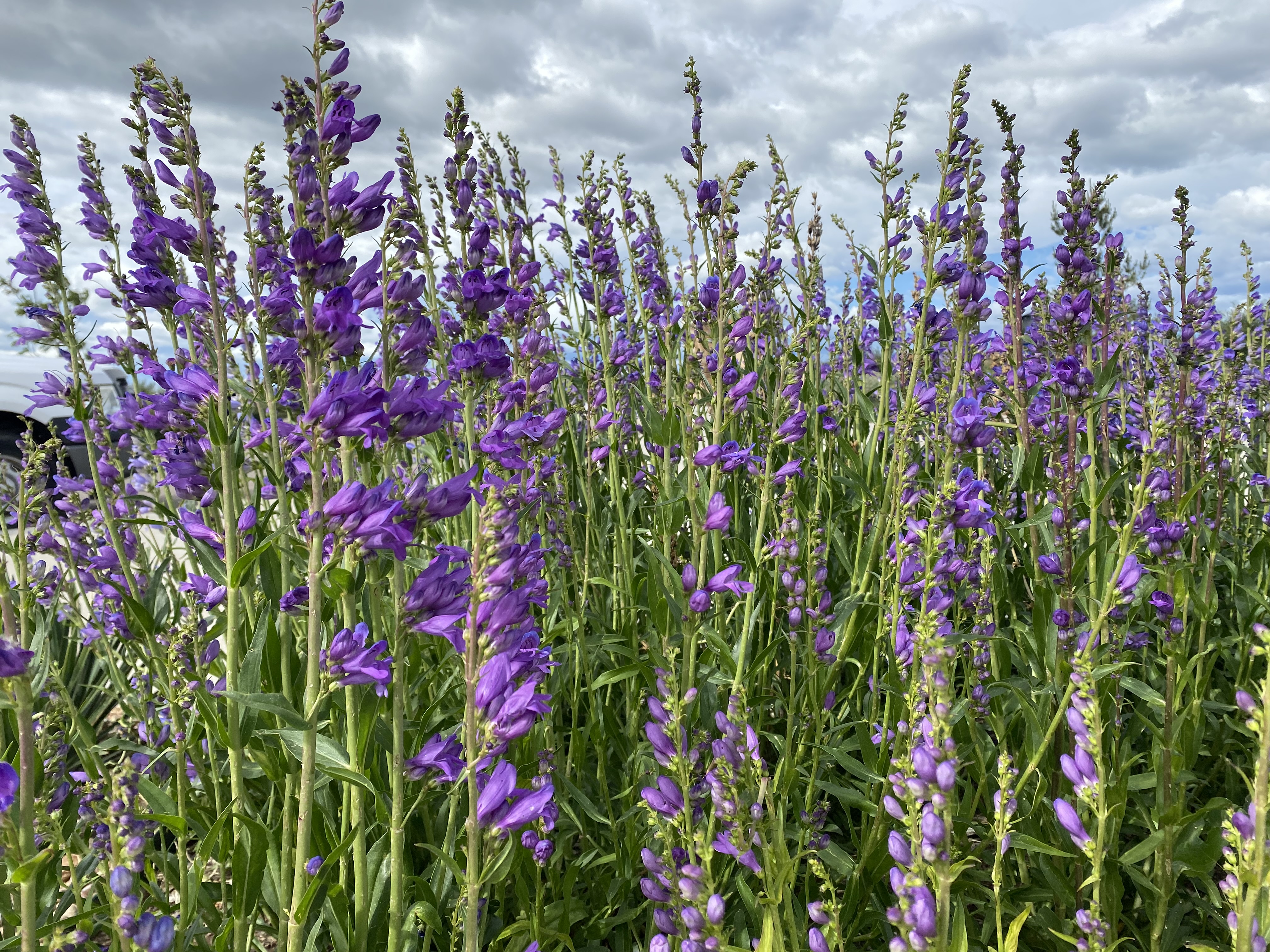
I’ve decided to make Penstemon our featured flower of the month. Penstemons, also known as Beardtongues, are a charming addition to any garden, originating from North America with over 250 species. These perennials are celebrated for their tubular flowers that attract a variety of pollinators, including bees and hummingbirds. They thrive in full sun to part shade and prefer well-drained soil, blooming from spring to summer. Cultivation involves planting in a sunny spot and ensuring good drainage, with some species being drought-tolerant once established. For a diverse garden that supports local wildlife, penstemons are a delightful choice. Cheers

